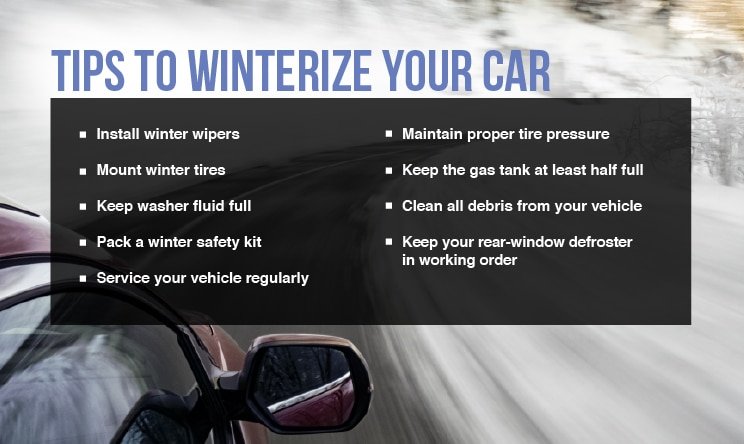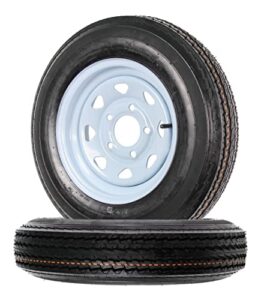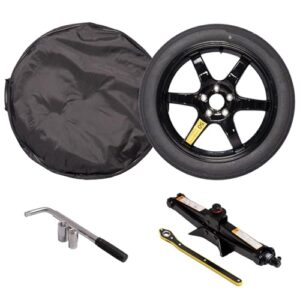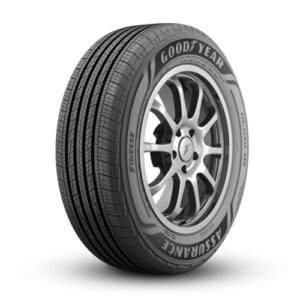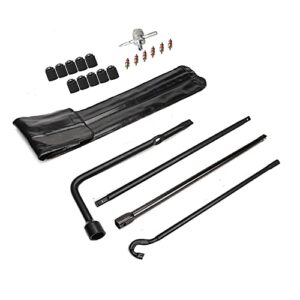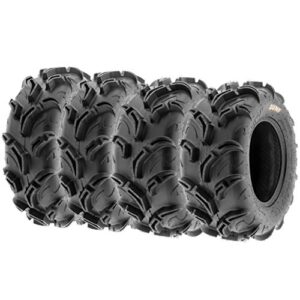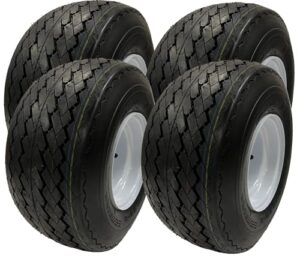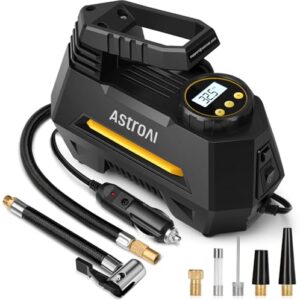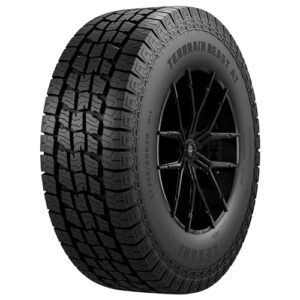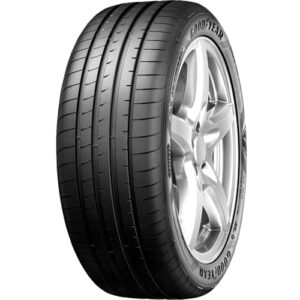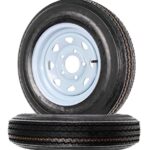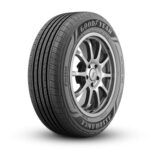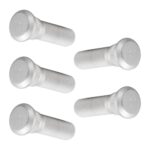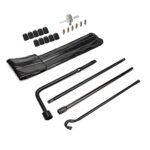To maintain winter tires, check their pressure regularly and rotate them every 5,000 to 7,000 miles. Store them in a cool, dry place during off-seasons.
Winter tires are crucial for safe driving in cold and snowy conditions. They provide better traction and handling compared to all-season tires. Proper maintenance ensures their longevity and performance. Regularly checking tire pressure is essential, as cold weather can cause fluctuations.
Rotating the tires helps in even wear and extends their lifespan. During the off-season, store them in a cool, dry place to prevent damage. Using tire covers can protect them from sunlight and moisture. Proper care of your winter tires ensures safety and maximizes their effectiveness on icy roads.
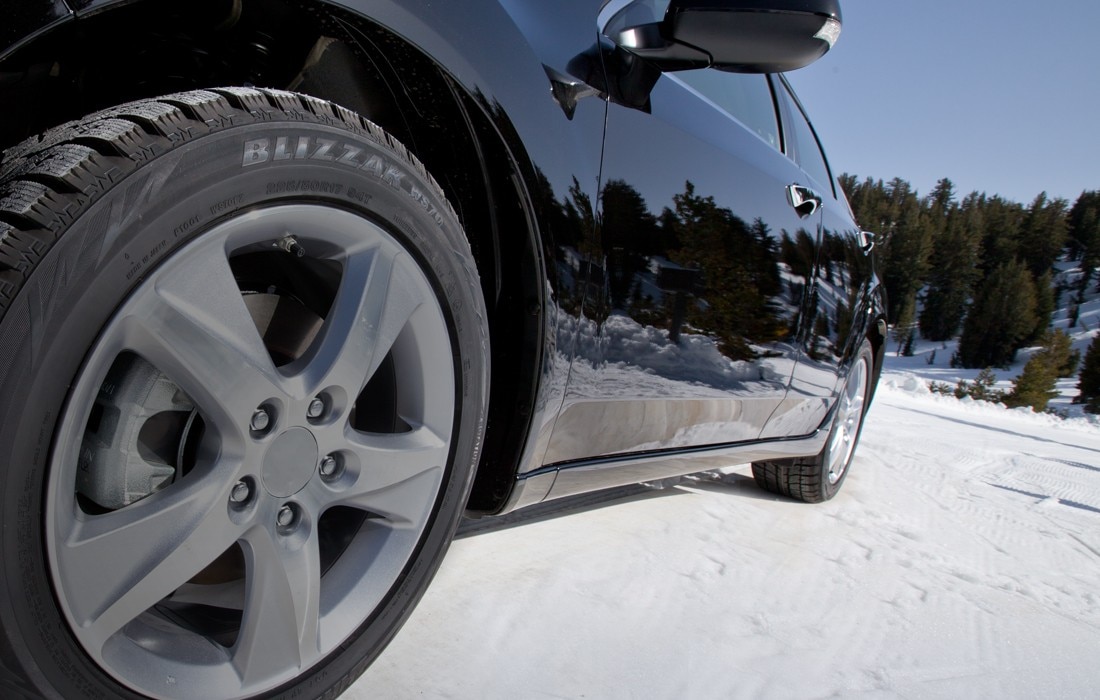
Importance Of Winter Tires
Winter tires are crucial for safe driving in cold conditions. They provide better traction on icy and snowy roads. This improves your vehicle’s performance and safety.
Safety Benefits
Winter tires have deeper treads which grip the road better. This reduces the risk of slipping and skidding. Winter tires are made from a special rubber compound that stays flexible in cold weather. This flexibility improves braking distance and handling.
Using winter tires can prevent accidents in severe weather. They are designed to channel snow and slush away from the tire. This keeps more of the tire in contact with the road, improving control.
Performance In Snow
Winter tires perform better in snow than all-season tires. They have unique tread patterns that bite into snow and ice. This gives your vehicle better acceleration and stopping power.
These tires also help maintain control while turning. This is because their tread patterns are designed to grip the road. Winter tires ensure your vehicle performs well even in deep snow.
Check the table below for a quick comparison:
| Feature | All-Season Tires | Winter Tires |
|---|---|---|
| Rubber Compound | Harder | Softer |
| Tread Depth | Shallower | Deeper |
| Traction in Snow | Poor | Excellent |
| Braking Distance | Longer | Shorter |

When To Install Winter Tires
Winter tires are essential for safe driving in cold weather. Knowing when to install them can make a big difference. Proper timing ensures you get the best performance from your winter tires. Here, we’ll discuss the optimal timing and temperature considerations for installing winter tires.
Optimal Timing
Timing is crucial for installing winter tires. Most experts recommend installing winter tires in late fall. This ensures you are ready for the first snowfall. Check the local weather forecast. This helps you plan the installation before the first freeze. A good rule of thumb is to install them by the end of October.
Temperature Considerations
Temperature plays a key role in winter tire performance. Winter tires are designed for temperatures below 45°F (7°C). When temperatures consistently drop below this level, it’s time to install winter tires. These tires have a special rubber compound. It remains flexible in cold weather, improving traction and safety.
Here’s a simple table to guide you:
| Temperature | Action |
|---|---|
| Above 45°F (7°C) | Use all-season tires |
| Below 45°F (7°C) | Install winter tires |
Keep an eye on the thermometer. When you see consistent low temperatures, make the switch. This ensures you stay safe on the road during winter months.
Proper Inflation
Maintaining the right inflation levels in your winter tires is crucial. Properly inflated tires ensure optimal performance and safety. Underinflated or overinflated tires can lead to poor handling, reduced traction, and increased wear. Follow these tips for maintaining proper inflation.
Check Regularly
Check your tire pressure often. Aim to inspect them at least once a month. Cold weather can cause pressure to drop. Use a reliable tire pressure gauge for accurate readings.
Correct Pressure Levels
Always follow the manufacturer’s recommended pressure levels. You can find this information in your vehicle’s manual or the driver’s side door jamb. Typically, winter tires require slightly higher pressure due to cold temperatures.
| Temperature | Pressure Adjustment |
|---|---|
| Below 32°F (0°C) | Increase by 1-2 PSI |
| Above 32°F (0°C) | Follow standard PSI |
- Underinflated tires can lead to poor traction.
- Overinflated tires can cause uneven wear.
- Use a quality tire pressure gauge.
- Check tires when they are cold.
- Adjust pressure according to the temperature.
Tire Rotation
Tire rotation is key to keeping your winter tires in good shape. It helps to spread wear evenly across all tires. This keeps your car safe and extends tire life.
Rotation Patterns
Different cars need different rotation patterns. Here are some common ones:
- Forward Cross: Move front tires to the back and swap sides.
- Rearward Cross: Move back tires to the front and swap sides.
- X-Pattern: Swap all tires diagonally.
Check your car manual for the best pattern for your vehicle.
Frequency
Rotate your tires every 5,000 to 7,000 miles. This keeps wear even and your car safe. Follow this simple table for easy tracking:
| Mileage | Action |
|---|---|
| 5,000 miles | First tire rotation |
| 10,000 miles | Second tire rotation |
| 15,000 miles | Third tire rotation |
Keep a record of rotations. This helps you stick to the schedule.
Tread Depth
Keeping an eye on tread depth is crucial for winter tire maintenance. Tread depth affects your tire’s performance on snowy and icy roads. Proper tread depth ensures better grip and control during winter driving.
Measuring Tread
Accurately measuring tread depth helps you know if your tires are still safe. You can measure tread depth using a tread depth gauge or a simple coin test.
Using a Tread Depth Gauge
- Insert the gauge into the tread groove.
- Press the gauge down until the base is flat against the tire.
- Read the measurement on the gauge.
Using a Coin
- Place a penny into the tread groove with Lincoln’s head upside down.
- If you can see the top of Lincoln’s head, your tread is too low.
Minimum Depth Requirements
Winter tires must have a minimum tread depth to be effective. In general, a tread depth of at least 4/32 inches is recommended for winter tires.
| Tread Depth (inches) | Condition |
|---|---|
| 6/32 – 8/32 | Excellent |
| 4/32 – 6/32 | Good |
| 2/32 – 4/32 | Poor |
| Below 2/32 | Replace |
Always replace your tires if the tread depth falls below 2/32 inches. Driving on worn tires is unsafe, especially during winter.
Maintaining proper tread depth helps ensure safe winter driving. Regularly check your tread depth and replace tires as needed.

Storage Tips
Proper storage of winter tires is essential to maintain their condition. Follow these storage tips to ensure your tires are ready for next winter.
Clean Before Storing
Before you store your winter tires, it is crucial to clean them. Remove any dirt, grime, or salt to prevent damage. Use a tire cleaner and a brush for a thorough clean. Make sure the tires are completely dry before storing them to avoid moisture buildup.
Ideal Storage Conditions
Store your winter tires in a cool, dry place. Avoid direct sunlight and sources of heat, which can degrade the rubber. Keep the tires away from chemicals and solvents. It’s best to store the tires in airtight plastic bags to reduce exposure to oxygen.
| Storage Tip | Details |
|---|---|
| Temperature | Cool and dry |
| Light | Avoid direct sunlight |
| Position | Store vertically or horizontally |
Follow these tips to keep your winter tires in top condition. Proper storage will extend the life of your tires and ensure safety on the road.
Inspect For Damage
Winter tires need regular checks to ensure they are safe. Inspecting for damage is crucial. It helps prevent accidents and extends tire life. Look for signs of wear and decide between repair or replacement.
Signs Of Wear
Inspect your winter tires for common signs of wear. Look for the following:
- Tread Depth: Use a tread depth gauge. Ensure the tread is not below 6/32 of an inch.
- Cracks: Look for cracks on the tire surface. They can indicate aging or damage.
- Bumps: Check for bulges or blisters on the tire. These may signal internal damage.
- Uneven Wear: Uneven tread wear might mean alignment or balance issues.
Repair Vs Replace
| Issue | Repair | Replace |
|---|---|---|
| Small Cracks | Yes | No |
| Deep Cracks | No | Yes |
| Minor Punctures | Yes | No |
| Large Punctures | No | Yes |
| Bulges/Bumps | No | Yes |
Minor issues can often be repaired. For severe damage, replacement is the best option. Always consult a professional if unsure.
Driving Habits
Maintaining winter tires is crucial for safe driving in cold months. Your driving habits can significantly affect the lifespan of your winter tires. Here are some key tips to help you maintain your tires through proper driving habits.
Avoiding Potholes
Potholes can cause serious damage to your winter tires. In winter, potholes are often hidden under snow or ice. If you hit one, it can lead to tire punctures or alignment issues.
Drive carefully and keep an eye on the road. Try to avoid potholes, especially when they are covered by snow. If you can’t avoid them, slow down as much as possible.
Gentle Braking
Braking gently helps in maintaining the quality of your winter tires. Sudden stops can wear out the tread and reduce tire life.
Always use gentle braking to avoid tire skid. This not only preserves your tires but also improves safety. Anticipate stops early and apply brakes slowly.
Follow these driving habits to ensure your winter tires last longer and keep you safe on the road.
Frequently Asked Questions
How To Take Care Of Winter Tires?
Store winter tires in a cool, dry place. Check tire pressure regularly. Rotate tires every season. Clean tires before storage. Inspect for damage frequently.
How To Properly Store Winter Tires?
Store winter tires in a cool, dry place. Keep them away from direct sunlight. Stack tires horizontally if unmounted. Use tire bags to prevent moisture. Avoid storing near chemicals or heat sources.
How Do I Make My Winter Tires Last?
To make winter tires last, regularly check tire pressure, rotate them, avoid aggressive driving, store properly, and maintain alignment.
How Do I Keep My Winter Tires From Dry Rotting?
Store tires in a cool, dark place. Keep them away from direct sunlight. Clean and dry them before storage. Use tire covers to protect from ozone. Maintain proper inflation.
Conclusion
Proper winter tire maintenance ensures safety and longevity. Regularly check tire pressure, tread depth, and overall condition. Rotate tires as recommended. Store them correctly during off-season. Following these simple steps will keep your winter tires in excellent shape, providing better performance and peace of mind on icy roads.
Stay safe this winter!


